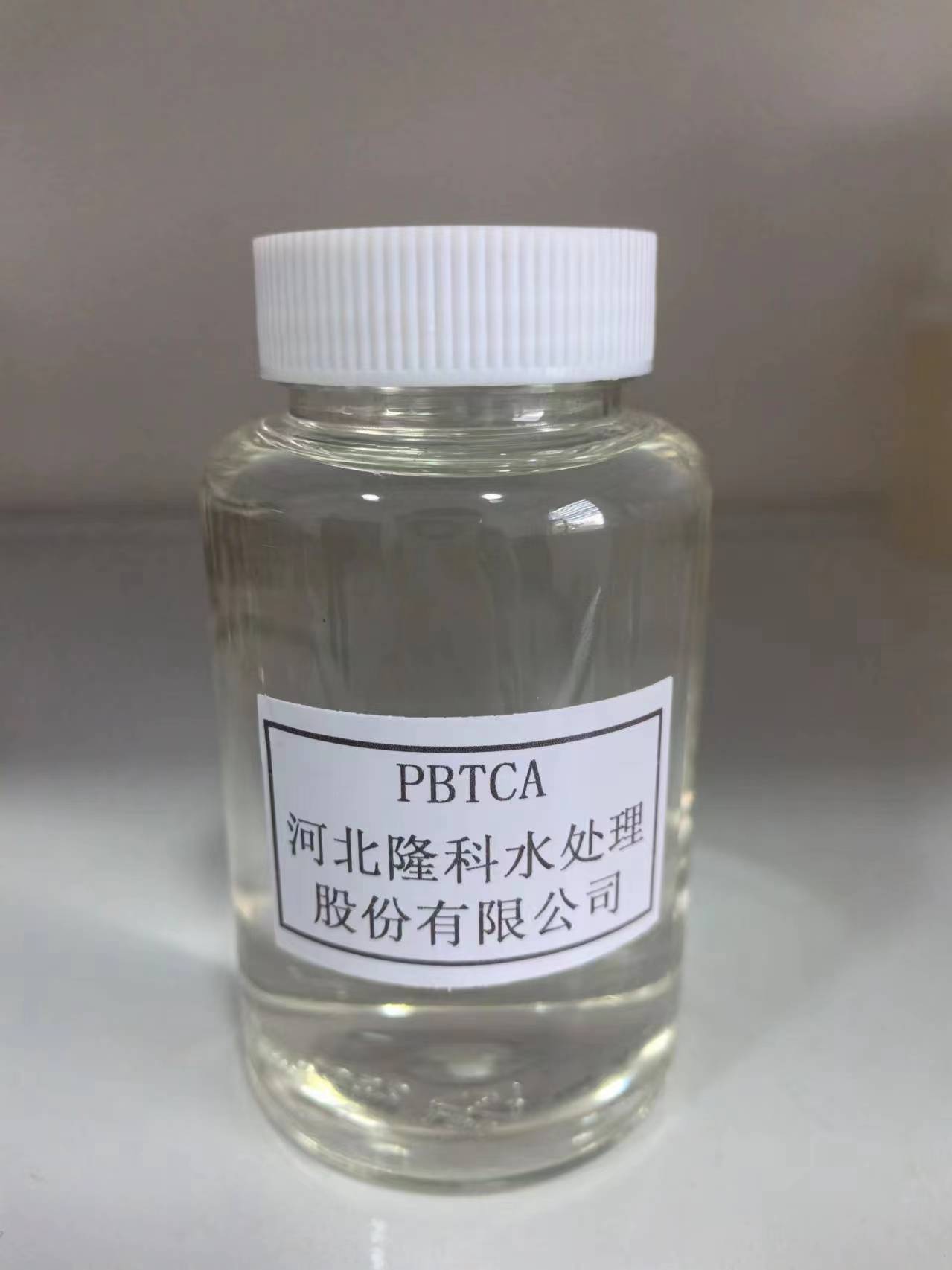A Comprehensive Overview of Diethylene Triamine Penta and Its Applications
Understanding Diethylene Triamine Pentaacetic Acid (DTPA) Properties and Applications
Diethylene triamine pentaacetic acid (DTPA) is a versatile chelating agent widely recognized for its application in various fields, including medicine, agriculture, and industrial processes. A member of the aminopolycarboxylic acids, DTPA possesses five carboxylic acid groups that enable it to effectively bind metal ions. This property makes DTPA invaluable in situations where the removal or stabilization of metal ions is necessary.
Chemical Structure and Properties
DTPA's chemical formula is C14H23N3O10, and it features a complex structure that consists of a diethylene triamine backbone with five acetates attached to it. The chelating ability is attributed to the nitrogen and oxygen atoms present in the molecule, which can coordinate with metal cations, forming stable chelate complexes. This stability is essential in various applications where maintaining metal ion solubility or preventing toxicity is crucial.
Applications in Medicine
In the medical field, DTPA is primarily used as a diagnostic agent for the extraction of specific metal ions from the body. One of its notable applications is in the treatment of heavy metal poisoning, particularly lead, uranium, and plutonium. DTPA binds to these toxic metals in the bloodstream, facilitating their excretion through the kidneys. By forming stable complexes with these heavy metals, DTPA reduces their bioavailability and biological toxicity, thus protecting vital organs from damage.
Additionally, DTPA is utilized in nuclear medicine for patient imaging. When labeled with technetium-99m (a common radioactive isotope used in imaging), DTPA serves as a tracer agent to visualize kidney function and assess glomerular filtration rates. This application demonstrates DTPA's dual functionality as both a therapeutic and diagnostic tool.
Role in Agriculture
diethylene triamine penta

In agriculture, DTPA is employed as a chelating agent to improve nutrient availability in soil and hydroponic systems. Many essential micronutrients, such as iron, zinc, and manganese, can become insoluble in soil, leading to deficiencies that affect plant growth. By binding these nutrients, DTPA prevents them from precipitating and enhances their solubility, allowing for better uptake by plants. This chelation process is crucial in supporting healthy crop development and improving yield.
Moreover, DTPA is beneficial in formulating fertilizers that improve nutrient efficiency, thereby reducing the need for excessive fertilization. As environmental concerns regarding excessive fertilizer use and its impact on soil and water quality continue to rise, the use of chelating agents like DTPA presents a sustainable solution for enhancing agricultural productivity.
Industrial Applications
Beyond medical and agricultural uses, DTPA finds its place in various industrial processes. Its ability to complex with metal ions makes it valuable in mitigating the effects of scale and corrosion in water treatment plants. By binding with calcium and magnesium ions, DTPA helps prevent the formation of scale in pipelines and equipment, thus prolonging their lifespan and efficiency.
In addition, DTPA is included in cleaning agents and detergents to improve their effectiveness in removing metal ions and facilitating cleaning processes. It helps to soften water, allowing for more efficient cleaning results, especially in industrial washing applications.
Conclusion
Diethylene triamine pentaacetic acid is a powerful chelating agent with a wide range of applications across various sectors, including medicine, agriculture, and industry. Its ability to effectively bind metal ions has made it a crucial component in managing heavy metal toxicity, improving nutrient availability in plants, and enhancing industrial processes. As research continues to explore new applications and improve existing formulations, DTPA’s role is likely to expand, ensuring its importance in advancing public health, agricultural sustainability, and industrial efficiency.
-
LK-319 Special Scale And Corrosion Inhibitor For Steel Plants: Advanced Solutions for Industrial Water SystemsNewsAug.22,2025
-
Flocculant Water Treatment: Essential Chemical Solutions for Purification ProcessesNewsAug.22,2025
-
Isothiazolinones: Versatile Microbial Control Agents for Industrial and Consumer ApplicationsNewsAug.22,2025
-
Scale Inhibitor: Key Solutions for Water System Scale PreventionNewsAug.22,2025
-
Organophosphonates: Versatile Scale Inhibitors for Industrial Water SystemsNewsAug.22,2025
-
Scale and Corrosion Inhibitor: Essential Chemical Solutions for Water System MaintenanceNewsAug.22,2025





